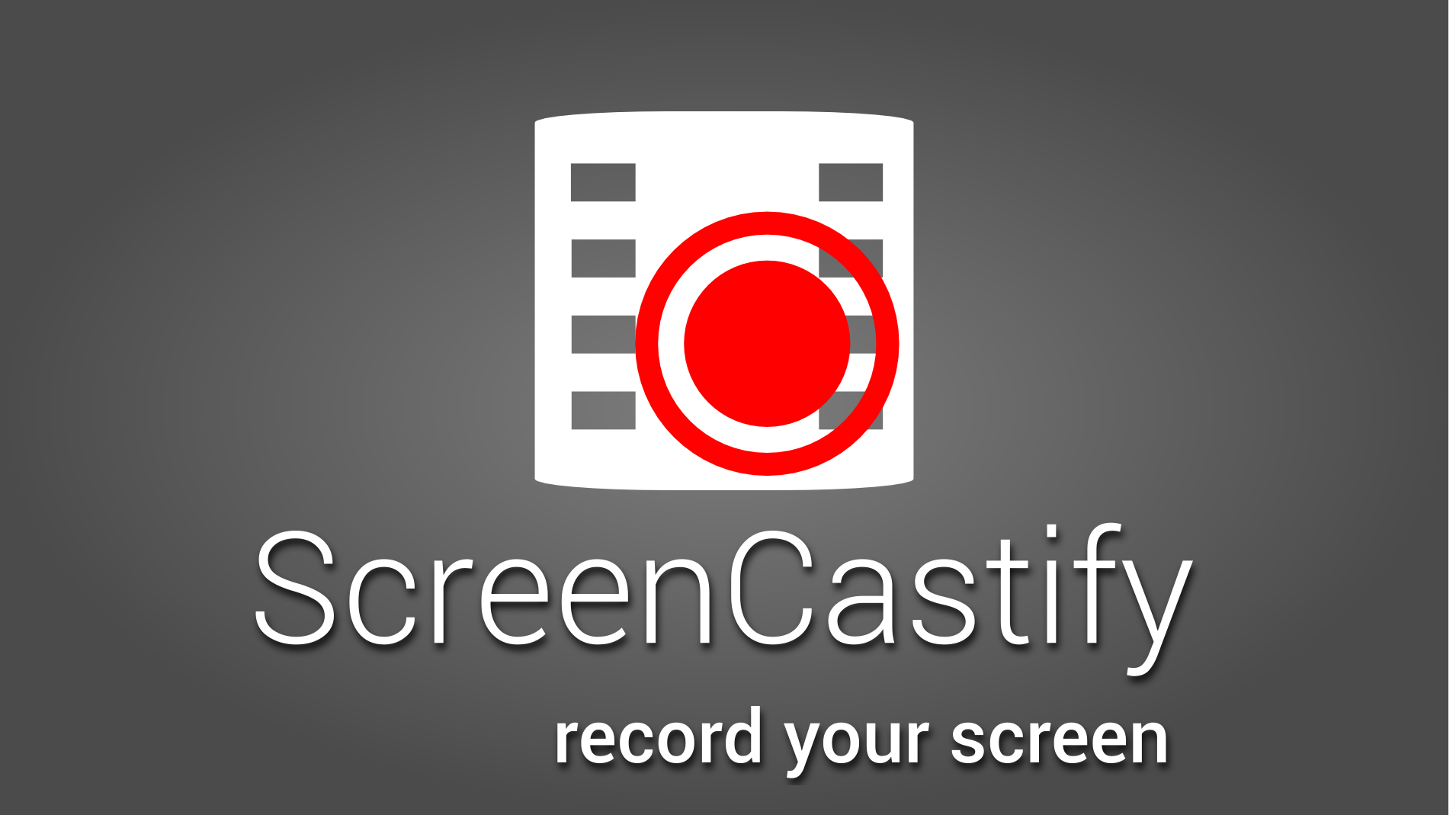Students in my classroom are expected to use Google Docs for all creation, Peer editing, feedback from me, as well as final submissions. This goes for all written papers and products. They're also encouraged to use Slides and Drawings for presentations and visual producs, but not required. If they have another piece of tech that works well for them and/or their group, they may choose to use it.
Learner Organization:
On day one, learners must create a folder in their "My Drive" folder. The folder must have four elements (not necessarily in this order).
• Trimester number
• Current calendar year
• Student last name
• Class Name (abbreviated if needed)
☆For example:
Mason T2 2015 English 11A
These four elements allow me to keep their folders straight but also enable students to tell the difference in their classes from year to year. By their senior year they'll have all their work saved and organized, especially if you can get the entire department or even the entire teaching staff to enforce this.
The next, important, step is to have students share their folders with you and anyone else who might want access to their student work (ie-special ed. teachers). Follow these steps to share a folder.
1) Right click on the folder
2) Choose "Share"
3) Type in the email of the person/people they want to share it with
They can always go back and add or delete people later.
For the remainder of the course, students create project folders within this class folder. The BEST part of sharing a folder is, because they shared their class folder with me already, I'll be able to see anything created or dropped into that folder (or folders within that folder).
Students can share project folders with their collaborative group members, just like they did with me, and group members can all work out of one folder. This eliminates the, "Sally is sick today and all our work is on her computer" excuse. Remember: stress that students should create and share a project folder, NOT their overall class folder.
Facilitator Organization:
Once students have shared their folder with me I create two sets of folders in my own Drive. I first create a folder that has the current school year+student folders (ie-2015-16 Student Folders). Then I create a folder for each class including the trimester number and course name (ie-T2 Eng 11A). Then, as students share I go into my "Shared With Me" section and I drag and drop their student folder into the appropriate class. If I have students in more than one class I require them to create a folder for each.
Once the student folders are moved, they'll update automatically. No more huge lists of documents in the "Shared With Me Section". No more digging for that students file. No more email updates that a student has shared a document with me.
So that's it. That's how I'm going attempt to stay sane as I use Google Drive for ALL 70+ students in my 4 English/Journalism courses.




